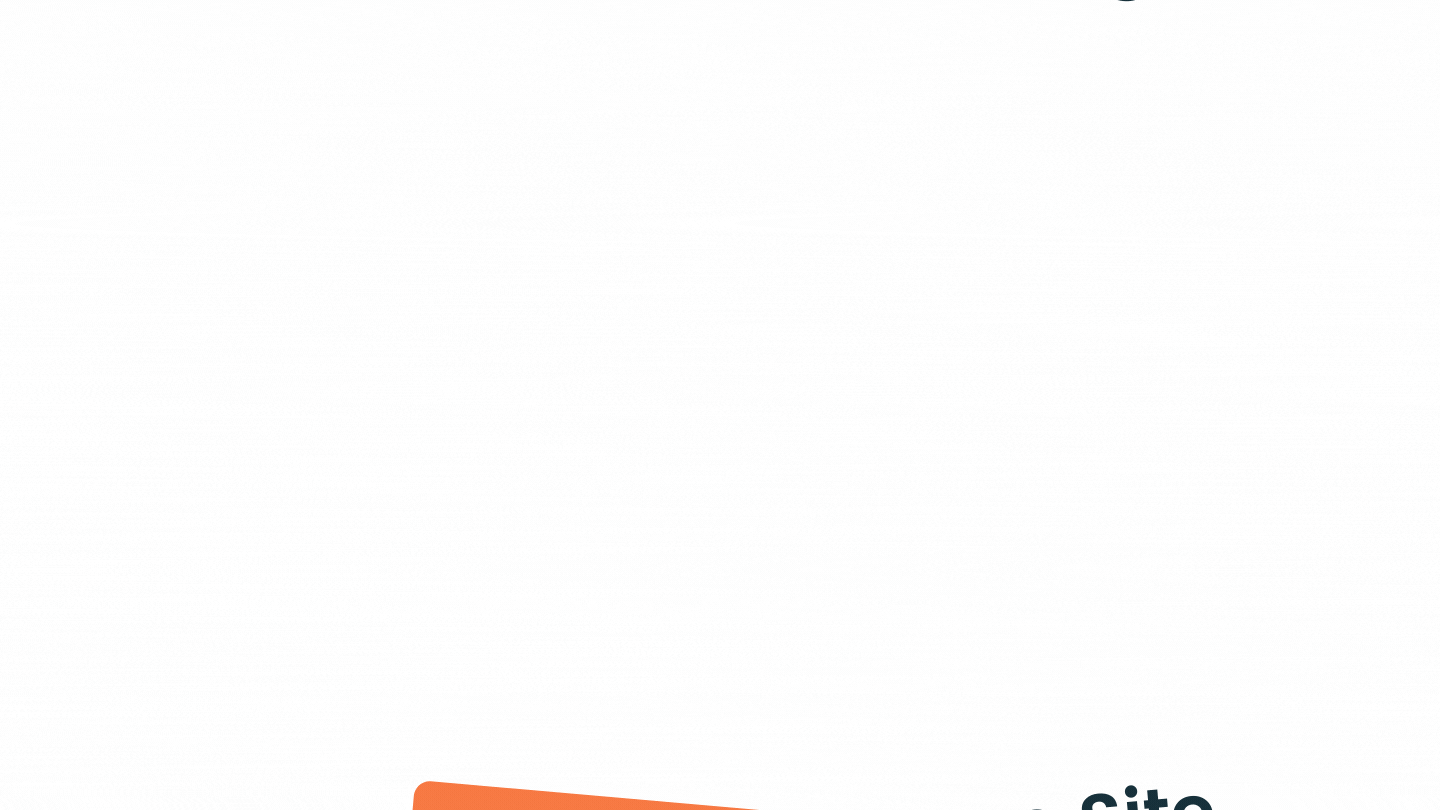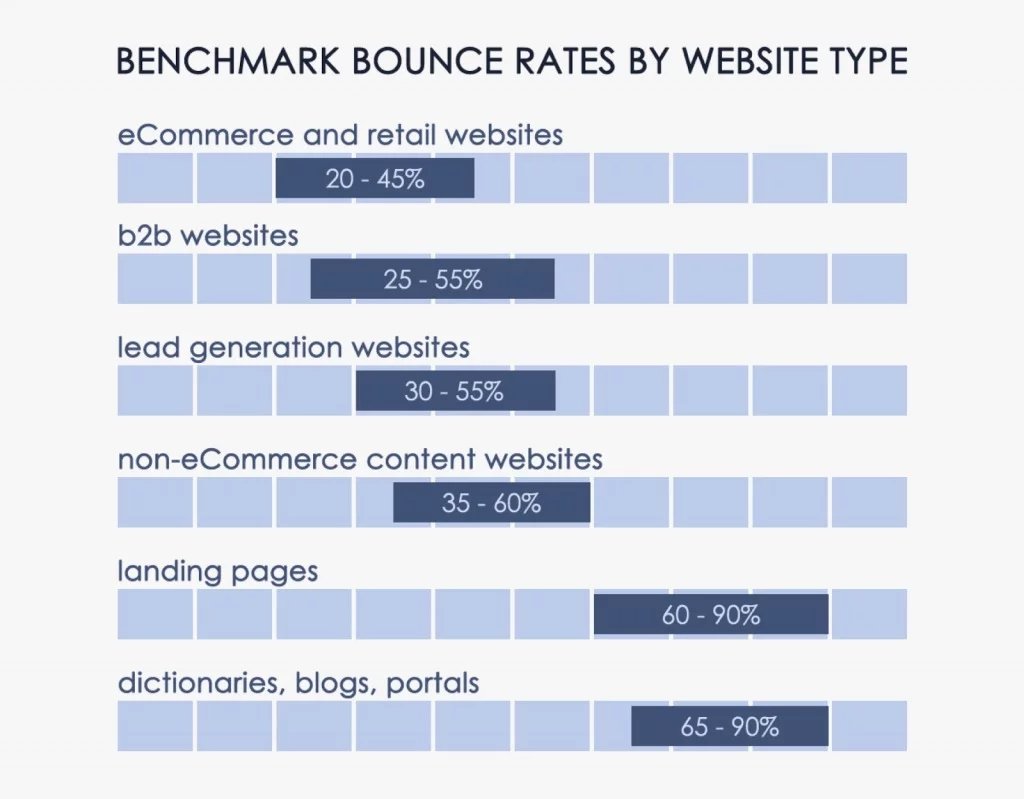How To Reduce Bounce Rate For Your eCommerce Site

If you’re noticing a trend of increased bounce rate on your eCommerce site, this may be the sign that you need to make a change.
It’s important to understand why this is happening and how to fix it. Read on to discover everything you need to know about bounce rates and the tips and tricks you need to implement to prevent it from negatively impacting your eCommerce site.
What Exactly Is Bounce Rate?
In terms of eCommerce, bounce rate refers to the percentage of web visitors that navigate away from a website after having only viewed one page and without any further interaction.
This could happen for any number of reasons. For one, the user may have found the information they needed and left, the page loading speed may be too slow, the content may be misleading, or there could even be a technical error with the page — to name just a few.

Image source: HotJar
The average bounce rate for websites, in general, is between 26% and 70%, and the average for eCommerce sites is between 20% and 45% — which is considered to be excellent. Anything higher than this is not where you want to be for optimal conversion and business growth.
Reducing Bounce Rate
Learning how to reduce your eCommerce store’s bounce rate is the key to increasing your sales, customer retention, and SEO ranking. Take a look at the following ways to do so.
Usability
Issues with site usability are incredibly common and are usually one of the driving factors behind a high bounce rate. If a website isn’t responding, is crashing, isn’t optimized for mobile, or features errors and broken links, it’s highly likely that users will simply exit the page. Take the time to test the page and identify any issues or errors, then get them fixed as soon as possible. Session Recordings can help you to get this done.
Page Loading
Nobody wants to deal with slow-loading pages. They can be annoying and inconvenient and often lead to users giving up and closing the page. You should carry out speed testing (speeds of 1-2 seconds are ideal, but shouldn’t be more than 3) and work on improving this should you receive a result you weren’t expecting.
Misleading Copy
Misleading, irrelevant, or just plain useless copy will result in potential customers exiting the page. On the other hand, if your copy is interesting, insightful, and helpful, you’ll find that prospects are far more likely to take action or continue browsing the site. Ask for direct feedback from users, colleagues, and friends to find out what’s working and what isn’t, then update and improve from there.
Trust
You’ve got to ensure that your website looks trustworthy — somewhere that you’d buy from yourself. Any indication of spam or a website without a valid certificate and secure connection is not a good sign and will likely bump up your bounce rate significantly. Try to incorporate user testimonials, eliminate irrelevant popups, and discard any blurry graphics or photos.
Campaign Traffic
Use Google Analytics to keep track of where visitors are coming from. If you find that you’ve got an unusually high bounce rate for certain sources, it’s worth looking into why that is. Your campaigns and advertisements should align with the web page you’re linking to, contain the promised content, and be relevant to the chosen keywords.
User Objections
Not every user is going to be immediately convinced by your website or persuaded to make a purchase. It’s a good idea to carry out checks on those who seem like the ideal customer but aren’t quite ready to commit.
You can do this by asking recent customers what it was that made them take the step to convert or what almost stopped them. Armed with this information, you’ll be able to adjust your site to make it more suitable for those on the edge of a purchase.
Product Pages
The product page is one of, if not the most, important parts of an eCommerce website — and a high bounce rate is not desirable.
Work towards optimizing this by ensuring that it’s clear and accurate, strongly branded, has well-displayed images, features a stand-out “add to cart” button, is easy to navigate, and clearly contains all of the relevant information.
Cross-Selling
Having more than one product on your page is an enormous benefit and can help reduce your bounce rate.
It’s a given that not every user is going to want to buy the first product they find on your website. However, by offering similar, relevant, or additional items that they can purchase, there’s a much higher chance that they’ll continue browsing rather than simply clicking away.
Work towards incentivizing your prospects where possible and watch your bounce rate decline.
Website Design Services
Web design can have a significant impact on your bounce rate. Thankfully, companies like Agency Jet offer design services to help reduce this rate and increase conversions. With their custom strategies, extensive business knowledge, real-time reporting, and expertise — Agency Jet has a long list of happy clients and a 96% renewal rate. Get your free website assessment today!